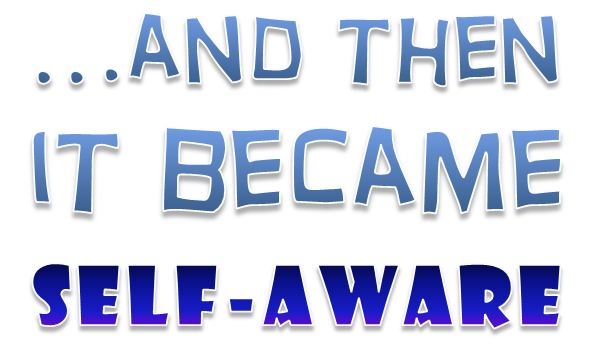Computers understand us if we talk to them as if they were stupid. But when humans talk to each other, we talk in complex social riddles that have always left computers utterly confused about our intentions. Until now.
Suddenly, it’s computers that can make humans all look emotionally naive. Algorithms can now seriously outperform people when it comes to something as seemingly exclusively human as recognising flirtation.
Get ready to have your mind completely blown
I don’t care if you’re already a PhD in social linguistics or you have never watched or never wanted to watch a talk on this subject before.
It doesn’t matter if you absolutely hate anything to do with speed dating.

The audience participation is enormous/ridiculous/crazy/great.
This a crash course in social linguistics, and then some.
It’s one of the most exciting brainstorming sessions I’ve ever witnessed.
Everyone involved is fully engaged
Everyone is having fun
The subject matter turns out to be riveting (and that comes from someone who usually hates this kind of stuff)
The audience keeps up coming up with stuff he never thought of, despite the fact the sheer volume of data collected in his project is absolutely vast and the work that they are doing on it seems to be limitless.
I watched just under an hour of this before feeling I had to stop (exhausted, but excited) and add this bit of material and get the posting up onto the iij.
The session was called:
It’s Not You, It’s Me: Automatically Extracting Social Meaning from Speed Dates
It was given at Stanford university on January the 28th, 2011
Here’s a summary of the talk:
Automatically detecting social intentions from spoken conversation is an important task for social computing, and key for building conversational agents.
We describe a system that detects whether a speaker is awkward, friendly, or flirtatious with above 70% accuracy, significantly outperforming not only the baseline but also, for flirtation, outperforming the human interlocutors.
We find that features like pitch and the use of emotional vocabulary help detect flirtation, collaborative conversational style (laughter, questions) help in detecting friendliness, and disfluencies help in detecting awkwardness.
In analyzing why our system outperforms humans, we show that humans are very poor perceivers of flirtatiousness, and instead often project their own intended behavior onto their interlocutors.
This talk describes joint work with Dan McFarland (School of Education) and Rajesh Ranganath (Computer Science Department).
Bloomberg offers this useful summary of Dan’s academic and commercial background:
Daniel Jurafsky, Ph.D. serves as Advisor of VirtuOz SA.
Dr. Jurafsky has expertise in combining linguistic analysis with probabilistic theories.
His research focuses on integrating sophisticated linguistic knowledge of phonology, syntax, semantics, and discourse with probabilistic, evidential, and information-theoretic algorithms.
His work in cognitive modelling includes one of the first probabilistic models for human syntactic parsing, and recent work on probabilistic models of human pronunciation and lexical production.
Dr. Jurafsky serves as Member of Technical Advisory Council of Proofpoint, Inc.
He serves as Member of Technical Advisory Board of Umbria, Inc.
He serves as Member of Speech Technology Advisory Board at Sensory, Inc.
Dr. Jurafsky has received numerous awards, including a MacArthur Fellowship in 2003.
He is the recipient of a 2002 MacArthur Fellowship.
He is the co-author of the widely-used textbook “Speech and Language Processing“.
His research lies at the nexus of language and computation, focusing on statistical models of human and machine language processing.
Recent topics among the (over a hundred) papers he has published include the comprehension and production of dialogue, the induction and use of computational models of meaning, machine translation and other processing of Chinese, and the automatic recognition and synthesis of speech.
Dr. Jurafsky serves as an Associate Professor in the Department of Linguistics at Stanford University.
He was on the faculty of the University of Colorado, Boulder, in the Linguistics and Computer Science departments and the Institute of Cognitive Science.
He received a B.A in Linguistics in 1983 a Ph.D. in Computer Science in 1992, both from the University of California at Berkeley, and was a postdoc at the International Computer Science Institute from 1992 to 1995.


